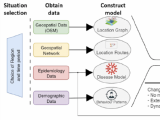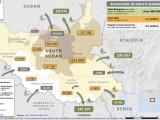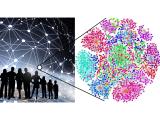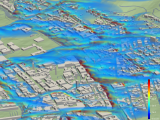Epidemics Pilot
The recent Covid-19 outbreak has had a tremendous impact on the world, and many countries are struggling to help incoming patients and at the same time, rapidly enact new public health measures such as lock downs. Many of these decisions are guided by the outcomes of so-called Susceptible Exposed-Infectious-Recovered (SEIR) models that operate on a national level. We introduce the Flu And Corona virus Simulator (FACS)1, a simulation tool that models the viral spread at the sub-national level, incorporating geospatial data sources to extract buildings and residential areas within a predefined region.



